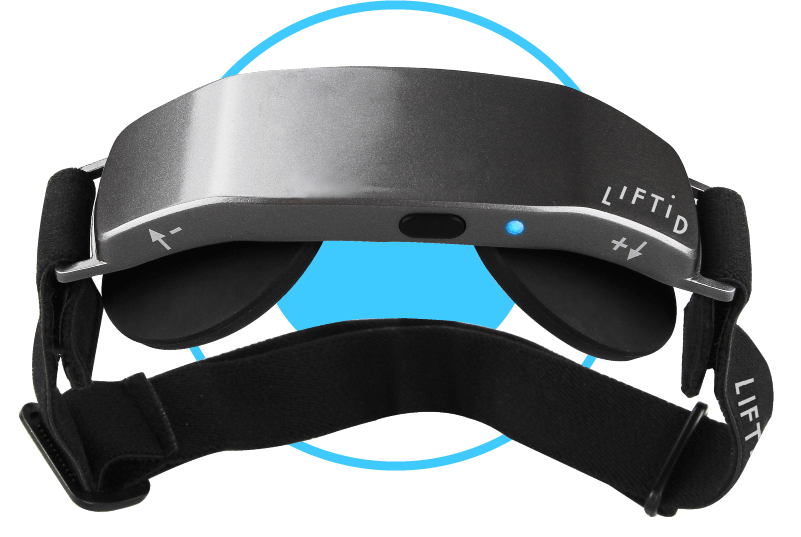Our friend and trusted neuroscience PHD student Nathan just published a review of the new LIFTiD tDCS device, A Look At The LIFTiD tDCS (Full disclosure, both he and I were given one to try out by Caputron. I’ve been waiting for Nathan’s report before trying mine.)


The obvious advantage to the LIFTiD device is it’s simplicity and ease of use. As I suspected this also turns out to be it’s main weakness in that you have only the default montage available.
The LIFTiD team was advised by neurosurgeon Dr. Theodore H. Schwartz. He was recently interviewed by Neurogal MD. While much of what is discussed will be familiar to DIYtDCS readers, I was interested to see that Dr. Schwartz was quick to point out what we don’t know about tDCS and neurostimulation.
